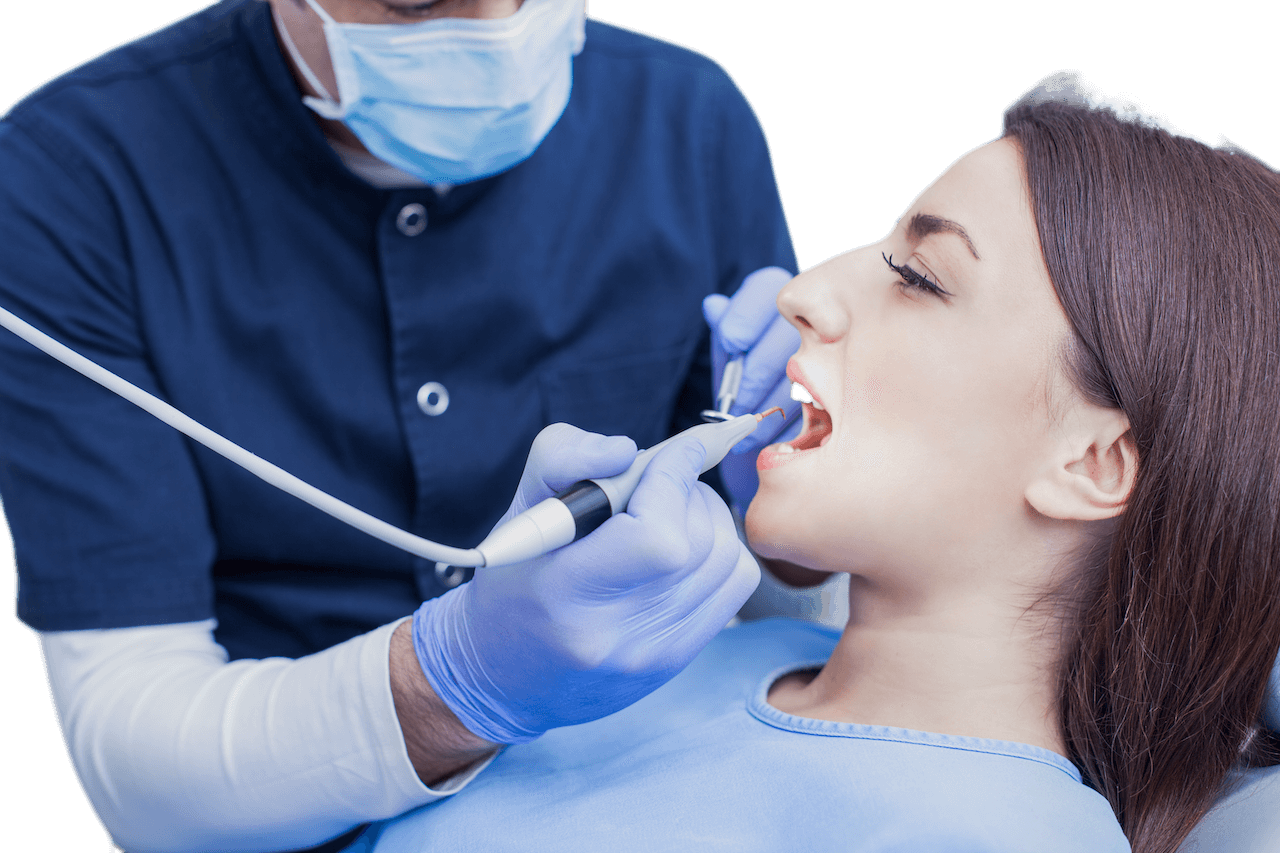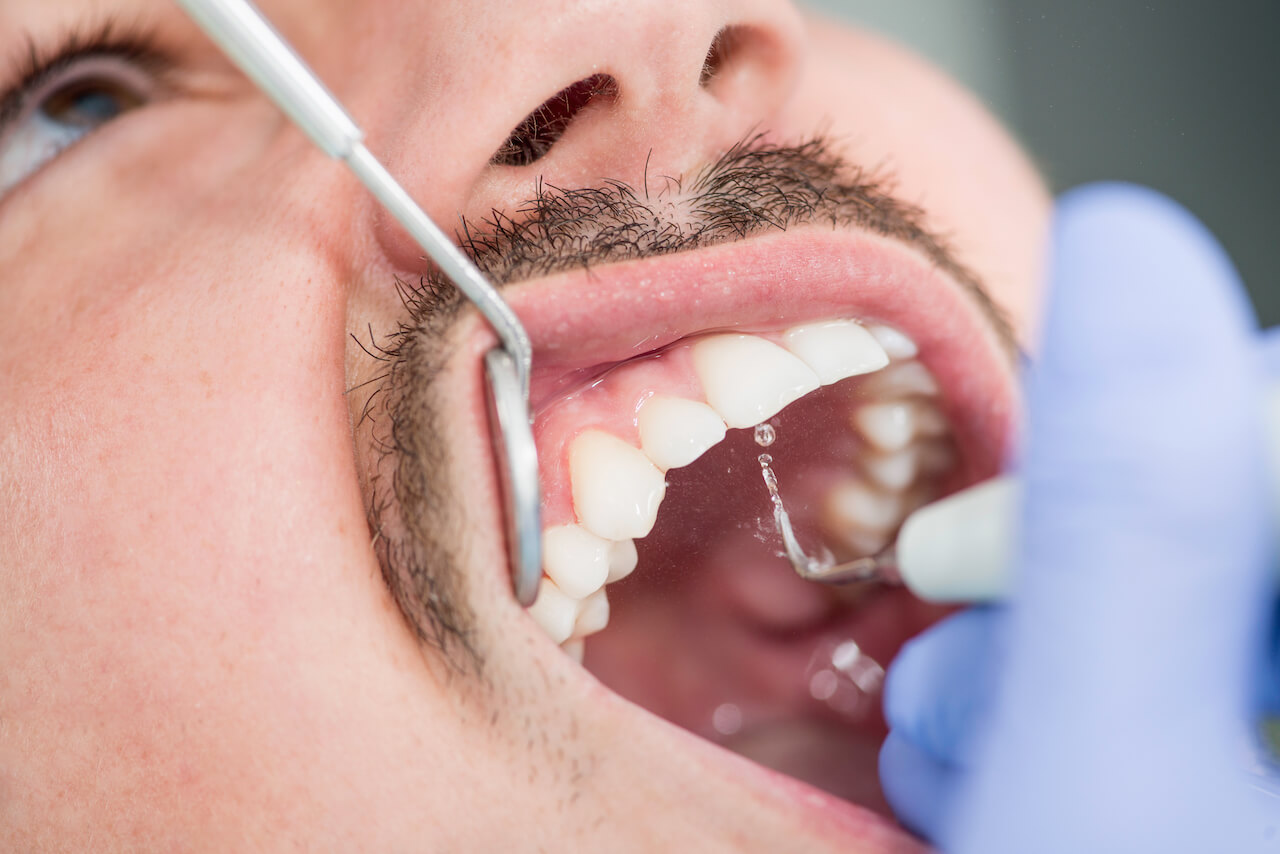Prophylaxis Teeth Cleaning

Regularly scheduled dental cleanings are crucial in keeping your teeth and gums healthy.
A prophylaxis treatment is a technical term for regular teeth cleaning. Prophylaxis appointments and proper at-home oral care can contribute to a radiant smile and overall well-being.
This article explores what dental cleaning entails, and what you can expect during a prophylaxis session.
Prophylaxis dental cleaning, is a preventive dental procedure to remove plaque, tartar, and stains from the teeth and gums.
Prophylaxis dental cleaning is an essential part of maintaining optimal oral health.
This procedure is typically performed by a dental hygienist or a dentist in a dental office.
Is Prophylaxis the Same as Teeth Cleaning?
Yes, prophylaxis is a dental term for regular teeth cleaning and involves the removal of plaque and tartar.
Dental scaling and root planing is a more intensive procedure to treat gum disease. It involves cleaning below the gum line and smoothing the tooth roots to eliminate bacteria and promote gum healing.
On the other hand, regular dental cleaning is a preventive measure that focuses on maintaining oral health and preventing the progression of gum disease.
It is generally recommended for individuals with healthy gums and serves as a routine cleaning to remove plaque and tartar buildup.

What is Done During a Dental Prophylaxis Session?
A dental prophylaxis session usually involves several steps to ensure thorough cleaning of your teeth and gums.
During a teeth cleaning appointment, you can expect the following procedures:
Examination: The dental professional will comprehensively examine your mouth before the cleaning begins. This examination helps identify oral health issues and determine the appropriate treatment plan.
Plaque and Tartar Removal: Using specialized dental instruments, the dental hygienist or dentist will carefully remove plaque and tartar deposits from your teeth. They will focus on areas that are hard to reach during regular brushing and flossing.
Teeth Polishing: After plaque and tartar removal, the dental professional will polish your teeth using a rotating brush or a rubber cup with an abrasive paste. This step helps remove surface stains and leaves your teeth looking clean and shiny.
Flossing and Rinsing: Once the teeth are polished, they will floss between your teeth to remove any remaining debris or plaque. They may also ask you to rinse your mouth to remove any residual polishing paste or debris.
Oral Health Education: To promote good oral hygiene practices, they may provide personalized tips on brushing techniques, flossing methods, and other oral care measures. They may also recommend specific dental products tailored to your needs.
Conclusion
By removing plaque, tartar, and stains, this preventive procedure helps prevent gum disease and other oral health issues.
Remember to consult your dentist regularly to determine the appropriate type and frequency of dental cleanings based on your unique oral health needs.